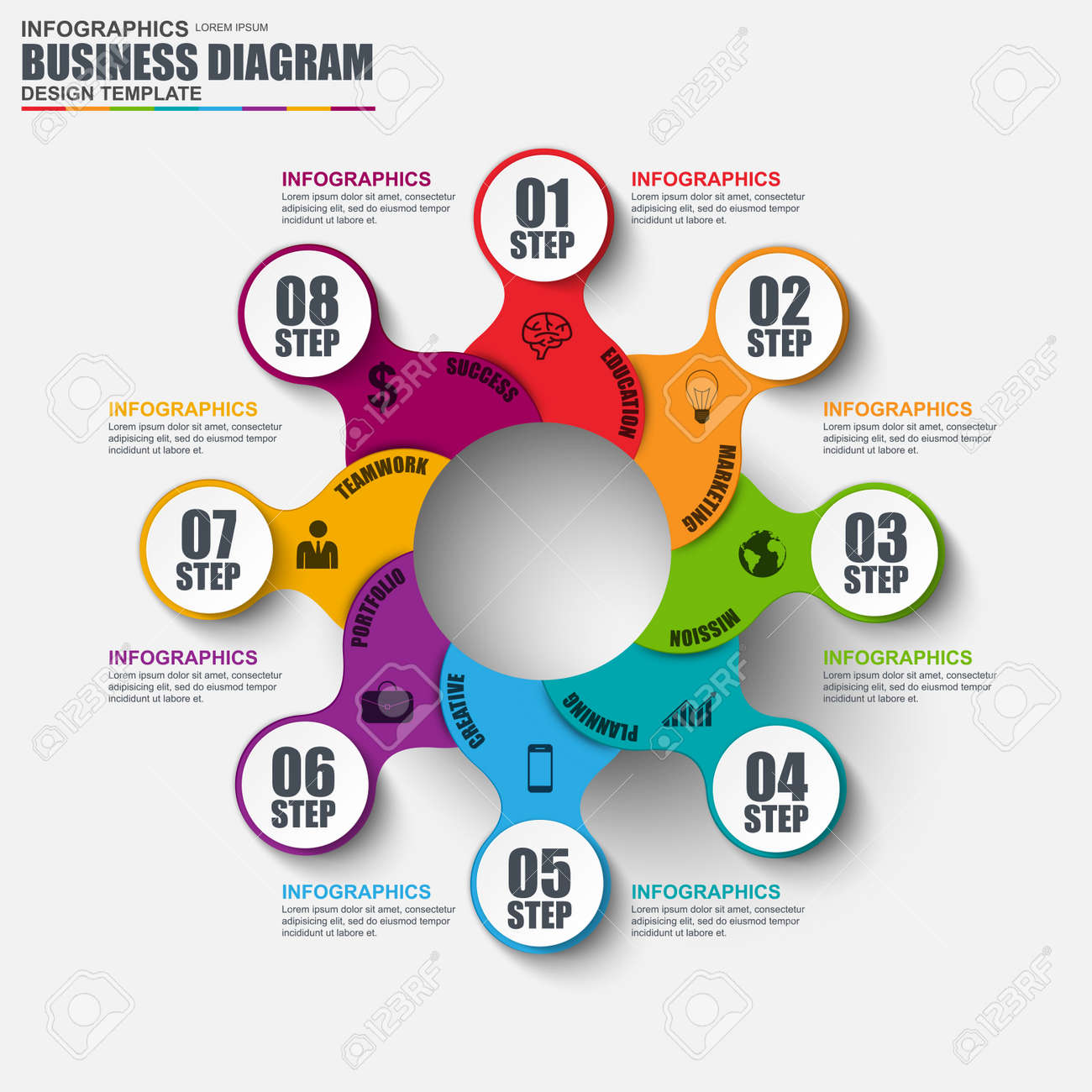In the past, websites were simple and focused on information. Navigation was straight, and layout was for desktops. Currently, user experience is key. Data overviews layouts for easy navigation. Receptive designs suit various tools. Today, dark mode minimizes stress, and minimalist food selections boost navigation. Interactive features involve individuals, and vibrant visuals stand apart. AI integration improves involvement. See exactly how design has advanced to enhance your on-line trip.
Very Early Days of Web Design
In the very early days of website design, simpleness reigned supreme. Sites were standard, with limited shades, font styles, and designs. The focus was on giving information instead of showy visuals. Customers accessed the web through slow dial-up connections, so rate and capability were vital.
Navigation menus were straightforward, normally situated at the top or side of the web page. Internet sites were created for desktop, as mobile surfing wasn't yet widespread. Content was king, and designers prioritized simple readability over complex layout components.
HTML was the primary coding language used, and developers had to work within its constraints. Computer animations and interactive attributes were very little compared to today's requirements. Internet sites were fixed, with little vibrant content or personalized individual experiences.
Rise of User-Focused Design
With the advancement of site style, a change in the direction of user-focused layout principles has actually become progressively famous. Today, developing internet sites that prioritize user experience is critical for involving visitors and achieving service objectives. User-focused layout includes understanding the needs, preferences, and actions of your target market to tailor the internet site's layout, material, and includes accordingly.
Designers currently carry out thorough research, such as customer studies and functionality testing, to gather understandings and responses straight from customers. This data-driven method assists in developing intuitive navigation, clear calls-to-action, and aesthetically appealing interfaces that resonate with visitors. By placing the user at the center of the layout process, sites can deliver a much more customized and delightful experience.
Responsive layout has actually likewise become a crucial facet of user-focused design, making certain that sites are enhanced for different gadgets and screen sizes. This flexibility enhances ease of access and usability, accommodating the varied means individuals connect with sites today. Essentially, the increase of user-focused layout signifies a change in the direction of producing electronic experiences that prioritize the needs and expectations of the end individual.
Modern Trends in Website Design
Discover the most recent fads shaping web design today. One prominent fad is dark setting layout, offering a smooth and contemporary look while reducing eye stress in low-light settings. One more key fad is minimal navigation, streamlining menus and enhancing user experience by concentrating on essential elements. Incorporating micro-interactions, such as animated switches or scrolling impacts, can produce a much more interesting and interactive site. Receptive style stays essential, making certain seamless customer experiences across numerous tools. In addition, making use of strong typography and asymmetrical layouts can include aesthetic rate of interest and draw attention to particular content.
Integrating AI technology, like chatbots for customer support or customized referrals, improves customer involvement and simplifies procedures. Accessibility has likewise come to be a considerable fad, with designers focusing on comprehensive layout methods to deal with diverse individual demands. Welcoming sustainability by optimizing site efficiency for speed and effectiveness is one more emerging fad in website design. please click the next internet page with customer feedback and information analytics to repeat and improve layout constantly is crucial for staying pertinent in the ever-evolving digital landscape. By accepting these modern-day trends, you can create an aesthetically enticing, user-friendly web site that reverberates with your audience.
Verdict
As you reflect on the advancement of site design from the early days to now, you can see exactly how user-focused style has actually ended up being the driving force behind modern-day patterns.
Accept the trip of adjustment and adjustment in website design, always keeping the individual experience at the leading edge.
Keep present with the current trends and modern technologies, and never ever quit developing your method to develop aesthetically spectacular and straightforward internet sites.
Progress, adjust, and develop - the future of web design remains in your hands.
